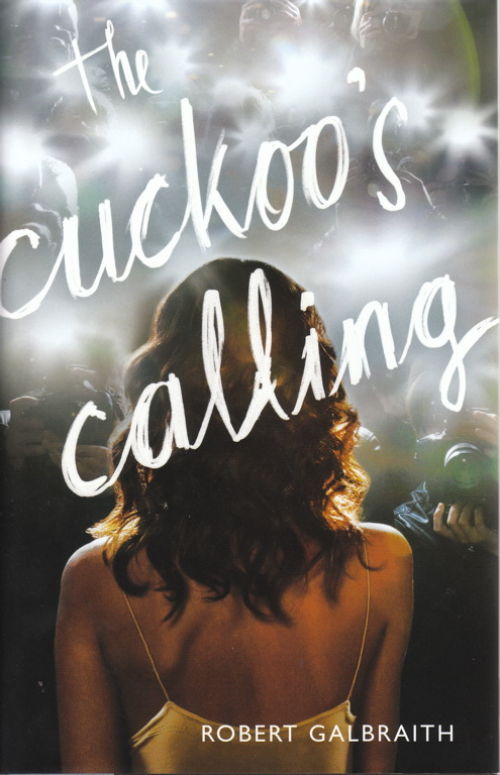
Long-awaited children’s museum opens this month
August 30, 2013
Saadi’s Capsules: J.K. Rowling, James Patterson and ‘Alex’
August 30, 2013Neil Gaiman gives readers yet another eerie, mesmerizing novel. In his new title The Ocean at the End of the Lane, Gaiman draws from the roots of his thrilling writing style, exemplified in previous works like his youth titles The Graveyard Book and Coraline. If you’ve read these, you are most likely familiar with the author’s ability to get inside the reader’s head. Some might consider The Ocean at the End of the Lane a “Coraline for adults.”
The story begins with a funeral that brings a man back to his childhood town in Sussex, England. Upon revisiting his old neighborhood and a pond at the end of his street, the man reminisces through his chilling past as a 7-year-old boy. He remembers his old room, his house before its demolition, and most importantly, he remembers his friend Lettie Hempstock at the end of the lane who incessantly called the pond an ocean. She was stubborn that way.
Although the intelligent bookworm boy did not make many friends, Lettie seemed to enjoy his company. His parents rented out his bedroom to odd characters in order to help pay bills. One day, one of these odd houseguests was found dead in a stolen car at the end of the lane. After the discovery of what appeared to be a suicide, the boy began to experience a sort of unfamiliar spiritual darkness.
Ursula Monkton, the new governess, arrived at the boy’s home one afternoon. He immediately disliked her, feeling she had some sort of personal vendetta against him. Ursula whispered threats of harm in his ears and possessed his father to do the same. The boy was shocked by his father’s obsession with Ursula, not understanding at his young age that the two were involved in an affair. Ursula’s evil ways were not human, and the boy believed it was up to his new friend Lettie and him to scare her away. As Lettie began to enlighten the boy about this new dark world, he realized that she too was not exactly human. She promised to protect the boy from the governess, but he didn’t understand how. How could a young girl of 11 years protect a boy from what seemed like evil magic?
This adventure is told through the eyes of the main character, whose name is never provided. I hadn’t even realized the absence of his name until the end of the book, an illustration of Gaiman’s ingenuity. Although it is fiction, the story feels real. Gaiman attracts readers through descriptions using the five senses, triggering ancient memories. We can all relate to this. Even smells bring back a flood of memories and emotions. Our senses are sometimes elusive but powerful, and Gaiman cleverly uses this power to get under the reader’s skin. Given the primary characters in the story are young, I first thought this might be a children’s book, but after reading a few chapters it became clear that it was written for adults or maybe even young adults with parental discretion.
I’m not a big fan of book or movies that scare me enough to keep me awake at night. This suspenseful novel, however, is an exception to my “I will not read books that make me cry out of fear” rule. After all, aren’t all of Neil Gaiman’s books must-reads? The Ocean at the End of the Lane is grotesque and beautiful, innocent and corrupt. It’s short in length but rich in detail. The thrilling aspect is there, something Gaiman has mastered over the years; and I have to tell you … I’m still getting chills.
– Rachel LeCompte is a library lover who enjoys nothing more than a good book with a strong cup of coffee. She may not be saving lives like doctors (and Superman), but she’ll do her best to save literature – the enrichment to life. Reach her through email at rachel@gumboguide.com.
Neil Gaiman






